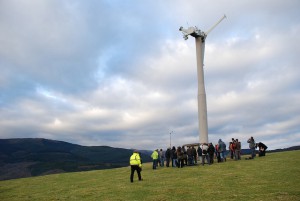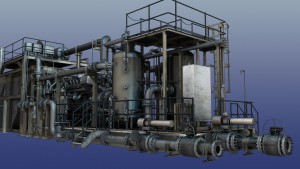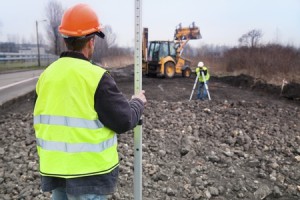Advice from an Environmental Consulting Firm: Winning a Review
 For oil and gas companies, winning environmental reviews can be a challenge. Getting the appropriate regulatory bodies the information they need can halt the actual construction project, which in turn wastes the company’s time and money.
For oil and gas companies, winning environmental reviews can be a challenge. Getting the appropriate regulatory bodies the information they need can halt the actual construction project, which in turn wastes the company’s time and money.
These issues usually arise when companies are unaware of what is actually required to win an environmental regulatory review and can’t prepare for them properly in the early days of the project. In this post, we’ll discuss several steps you can take to make sure an environmental site assessment goes your way with the least amount of delay possible. Take a look at these points, but also bear in mind that working with professional environmental consulting firms may be worthwhile.
Things you should do to win an environmental site assessment
1. Know what the requirements are
It may sound obvious, but some oil and gas companies are unsuspecting of the environmental regulations that pertain to their project until it’s too late. Factoring in these issues in advance can help remove many of the headaches involved with environmental site assessment.
One way to do this is by building a good working relationship with the environmental agencies that oversee issues related to the project. Environmental regulations change frequently over time, so keeping up with agencies and how they work is the best way to make sure you’re always up to date on the most recent requirements. Since building good working relationships can take years, you can always consider hiring an environmental consulting firm to help you in the meantime. Working with a firm will allow you to piggyback on their expertise and relationships, helping you understand your environmental review requirements going into a project.
2. Make environmental issues an ingrained part of your project from Day 1
Oil and gas companies sometimes run into problems when unexpected environmental issues arise. Once the project is already in development, it can be hard to go back and tack on environmental compliance as an afterthought.
Instead, oil and gas companies can make sure that they win their environmental reviews by preparing for them every step of the way. This means understanding what environmental issues might be included in the project, and taking steps to make sure those requirements are being met before any work begins on the actual construction project itself. In order to accomplish this, it can be beneficial for organizations to ensure cooperation and openness between planners and engineers. Making sure that the right people are working together and communicating with one another is the best way for environmental concerns to be accounted for long before the review process begins.
3. Use the right technology
Finally, organizations must remember that environmental regulations are so complex that even when one has a complete and accurate understanding of what they are, it can still be difficult to act on them correctly. This is where technology comes into play. Using the right technology helps take the guesswork out of environmental reviews, ensuring that an organization has selected the optimal land use patterns that allow them to meet environmental requirements without sacrificing the success of the project.
Once again, working with an environmental consulting firm can be very helpful in this regard. These firms have experience using the latest technology, and know how to put it to use to support your environmental concerns.
Landpoint offers a level of service unlike other environmental consulting firms, giving you the knowledge and resources you need to ensure a successful outcome for your environmental reviews. To learn more about environmental consulting services from Landpoint, contact us today.
Image Source : Centre for Alternative Technology




